
Wärtsilä will supply the main engines for two new pusher tugs being built for Brazilian operator AMAGGI. The ships are under construction at the Beconal shipyard, located in Manaus, Brazil, and are designed with a focus on decarbonized operations. The engines will run on biodiesel, a capability that was a key factor in securing this contract. The order with Wärtsilä was booked in Q4 2025.
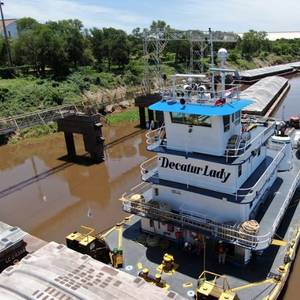
Technology group Wärtsilä has been selected to supply replacement engines for two inland waterway tug pusher vessels operating in Paraguayan rivers.The vessels are owned by ADM Naviera Chaco (ADM). The vessel modifications and new engine installations will be carried out in Asuncion-Paraguay.
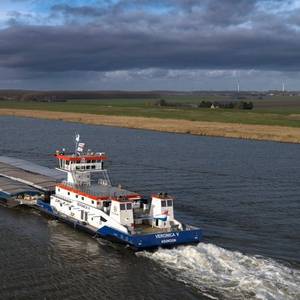
New type of river pusher: CDS 4115Paraguay's Girona S.A. – Rio Sur Transporte y Logistica took delivery of Veronica V, designed and built by Concordia Damen, a CDS 4115 Shallow Draft River Pusher will serve Girona’s customers along the 2695 km Paraguay River. The 5.400 HP river pusher is particularly well-timed

Part of the structure of the port unit of the municipality in the interior of Amazonas ended up at the bottom of the river on Sunday night (09).Two oil barges broke away from their anchorage and collided with the structure of the Edmilson Brasil Port Unit - IP4, in the municipality of Humaitá (590 kilometers southwest of Manaus).
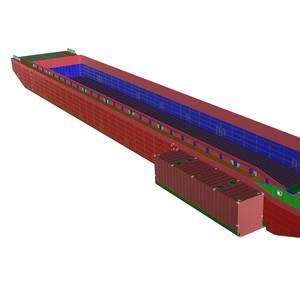
Concordia Damen won a contract by Koninklijke Van der Wees Transporten for the construction and delivery of an innovative RoRo pontoon, to be named Lastdrager 29. In addition, the Werkendam-based shipyard will build two coupling pontoons for Van der Wees. The Lastdrager 29 was developed to meet the unique transport challenges faced by Van der Wees
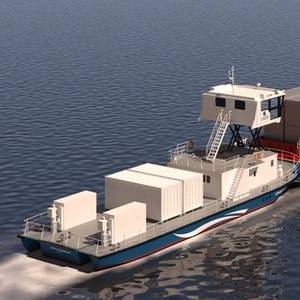
Western Baltic Engineering (WBE), a Lithuanian maritime engineering company, and Belgium’s Batia Mosa Shipyard announced a strategic partnership aiming to transform European inland waterway shipping with the launch of WBE’s design electric pusher vessel series, BlueKick. The collaboration aligns with the Shipyards’ & Maritime Equipment Association of Europe (SEA Europe)'s advocacy for the
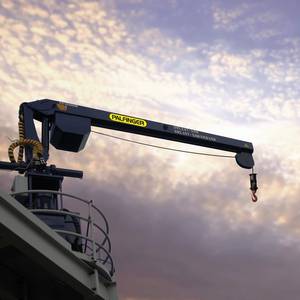
PALFINGER MARINE will deliver eight Stiff Boom Cranes PS 15500M for four inland navigation vessels to the Brazilian shipyard Estaleiro Rio Maguari (ERM). This contributes to the optimization of inland navigation in Latin America (LATAM) along the Paraguay-Paraná waterway. The cooperation between PALFINGER MARINE and ERM is part of a large-scale inland waterway transport project led by LHG
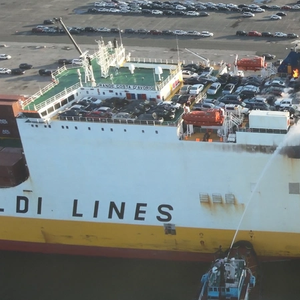
The US National Transportation Safety Board (NTSB) has recommended that land-based firefighters be better prepared for marine vessel firefighting following a fatal fire on the roll-on/roll-off container vessel Grande Costa D’Avorio in Newark, New Jersey.The Grande Costa D’Avorio was docked at Port Newark on July 5, 2023